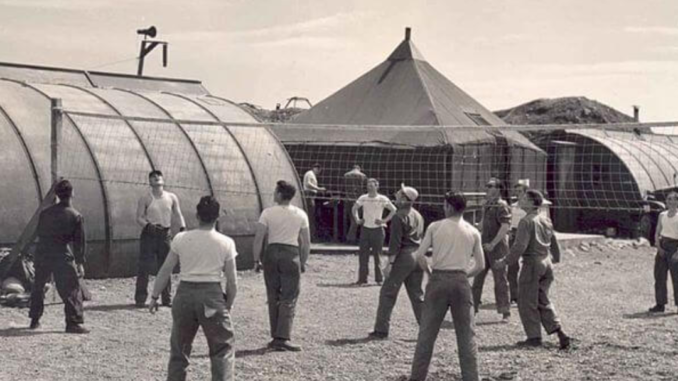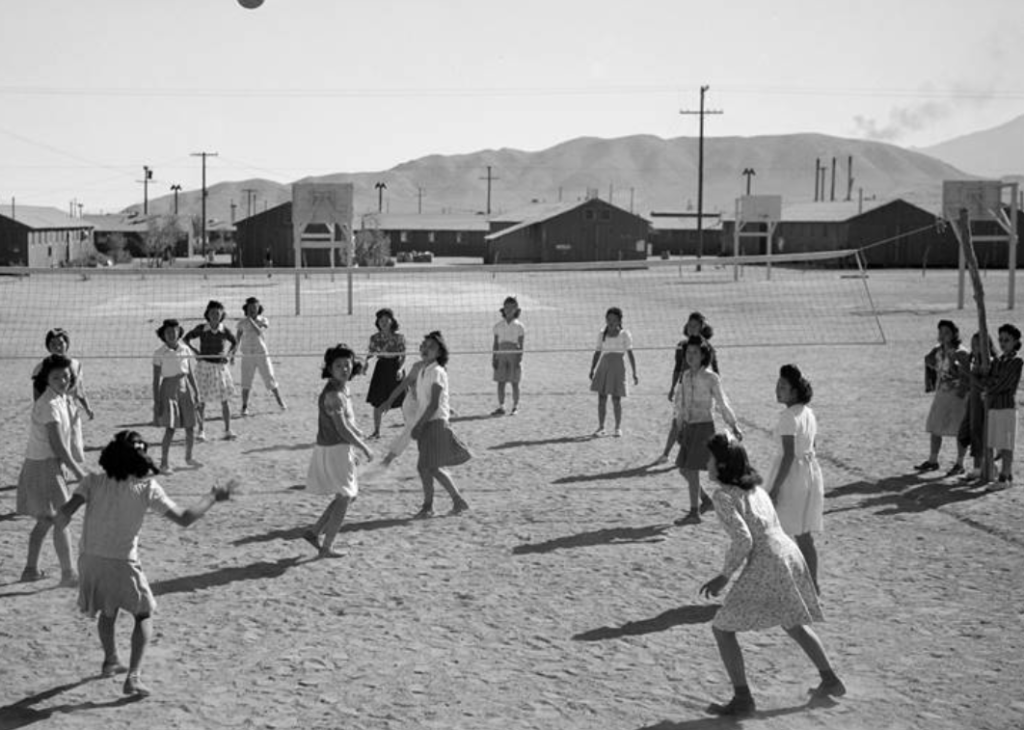
The Evolution of Mintonette
Mintonette, the original form of volleyball, was introduced by William G. Morgan in 1895 as a safer, low-contact sport. Designed initially as an alternative to basketball, it would eventually evolve into one of the world’s most popular sports—volleyball. The journey from Mintonette to modern volleyball showcases remarkable changes in rules, playing style, and international adoption.
2. The Origins of Mintonette
- Inspiration and Background: In the late 19th century, sports were gaining momentum in physical education programs, with the YMCA at the forefront. In 1895, Morgan, a physical education instructor, wanted to create an indoor game suitable for older adults.
- Why Mintonette?: Morgan drew inspiration from several sports, including tennis, handball, and basketball, aiming for a game that emphasized skill over physical intensity. He named the game “Mintonette,” referencing its similarity to badminton.
- Basic Rules and Equipment: Morgan’s first version involved a six-foot, six-inch net stretched across a court. The ball—a modified version of a basketball bladder—was volleyed back and forth, aiming to maintain continuous play with minimal physical contact.

3. The First Demonstration of Mintonette and Rule Adjustments
- 1896 YMCA Conference in Springfield: The first public demonstration took place at a YMCA Physical Directors’ Conference. Observers noted the game’s volleying nature, which led to a name change suggestion by Dr. Alfred T. Halstead to “volleyball.”
- Initial Rules of Mintonette: The original rules allowed an unlimited number of players on each side, nine innings of play, and no strict rotation. Points were scored primarily when the opposing team failed to return the ball.
- Early Rule Modifications: As Mintonette gained popularity, adjustments were made to improve gameplay and structure, including limits on the number of players and the number of touches allowed per side.
4. Name Change from Mintonette to Volleyball
- The Shift in Name and Appeal: After the name change in 1896, “volleyball” more accurately described the essence of the game. The focus on volleying added an exciting dynamic, making the game suitable for broader audiences.
- Early Spread to Other YMCAs: As volleyball’s popularity grew, YMCAs in other parts of the U.S. began incorporating it, eventually reaching Canadian YMCAs and spreading internationally by 1900.
5. Evolution of Volleyball Rules (1900s-1920s)
- Introduction of the Volleyball Ball in 1900: Spalding designed a lighter, leather ball specifically for volleyball, which significantly improved gameplay.
- Transition to a Team Sport: In the early 1900s, volleyball moved toward standardized rules, which included limiting players per team and establishing set rotations.
- Three-Touch Rule: This rule, allowing a team up to three touches before returning the ball, added strategy to the game and differentiated it from its earlier form, where continuous volleys were encouraged.

6. Volleyball’s Early International Expansion
- YMCA’s Influence on Spreading Volleyball: Through YMCA networks, volleyball spread to Canada, Asia, and Europe. The U.S. military further popularized it by introducing the game to soldiers in WWI.
- Introduction to Asian Countries: By the 1910s, Japan and the Philippines were embracing volleyball, with the Philippines introducing the “spike” technique, a precursor to the sport’s offensive style today.
- Early Competitions and National Interest: European countries adopted the game in the 1920s, leading to organized national competitions, particularly in France, Czechoslovakia, and Poland.
7. Formation of the FIVB and Volleyball as a Structured International Sport
- Founding of the International Volleyball Federation (FIVB): Established in 1947, the FIVB standardized volleyball rules for international competition, solidifying volleyball as a globally recognized sport.
- Early International Tournaments: With the FIVB’s guidance, the first Men’s World Championship was held in 1949, and the Women’s Championship followed in 1952.
- Volleyball’s Inclusion in the Olympics: In 1964, volleyball made its Olympic debut in Tokyo, marking a significant moment for the sport’s international profile.
8. Beach Volleyball and Other Variations
- Origins of Beach Volleyball: Beach volleyball developed in the 1920s as a casual variation played on the sands of California. It eventually became a competitive sport, recognized by the FIVB in the 1980s.
- Inclusion in the Olympics: Beach volleyball debuted at the 1996 Olympics in Atlanta, adding a new dynamic to the volleyball family.
- Indoor vs. Beach Volleyball: Key differences include team size, playing surface, and techniques, with beach volleyball favoring a smaller team and requiring more diverse skill sets per player.
9. Technological Innovations in Volleyballusc women’s volleyball
- Improvement of Equipment: Today’s volleyball is aerodynamically designed for better control, with materials that withstand intense gameplay.
- Introduction of Video Replay and Challenges: Technology has improved the accuracy of referee decisions and fairness in competitive matches.
- Data Analytics in Volleyball: Data now plays a crucial role in analyzing team performance, with detailed stats available for professional teams to study and optimize.
10. Modern VolleHusker Volleyball Rosteryball Competitions and Tournaments
- Volleyball Nations League (VNL): The VNL, established in 2018, is a premier annual competition that highlights top international teams.
- Club Competitions: Professional leagues and club tournaments have flourished, especially in Europe, where leagues like Italy’s SuperLega attract international players.
- Popularity in the U.S.: In the United States, NCAA women’s volleyball is highly competitive, and volleyball is a popular high school and college sport.
11. Conclusion: From Mintonette to a Global Phenomenon
The journey from Mintonette to volleyball underscores the sport’s adaptability and growth. Initially designed as a casual indoor game for older YMCA members, volleyball has evolved into a dynamic sport that millions enjoy across the world. The global reach and popularity of volleyball are a testament to its enduring appeal, competitive spirit, and cultural adaptability.
Leave a Reply